As the trucking industry grows and the demands for road safety and efficient logistics increase, truck cameras have become indispensable tools. These cameras not only enhance the safety of drivers and other road users but also provide critical evidence in case of accidents or disputes. In this blog, we will explore the different types of truck cameras available and how they can improve your fleet's performance and security.
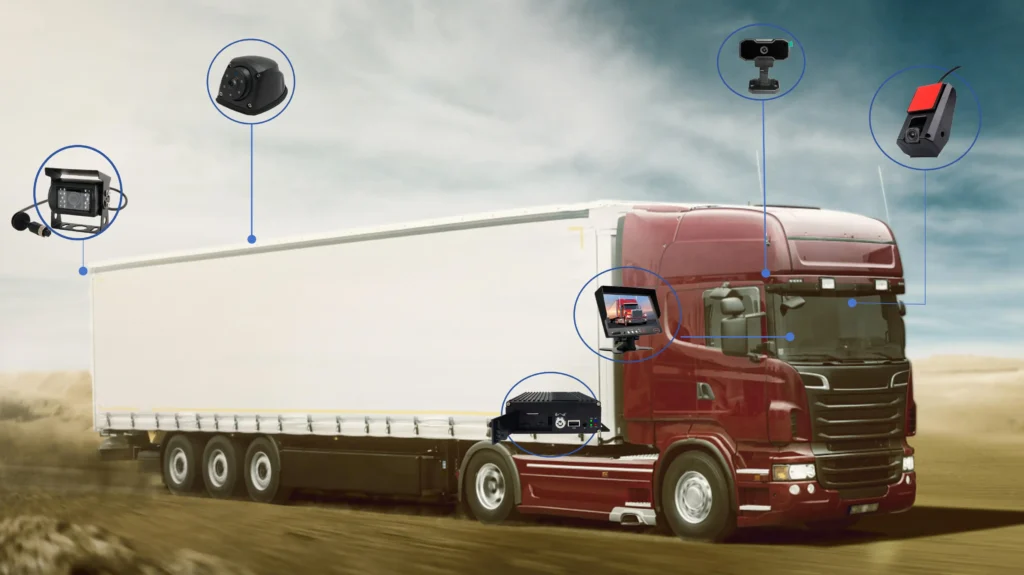
What Are the Types of Truck Cameras?
Side View Cameras
Side view cameras are crucial for providing visibility along the sides of the truck, particularly in situations where blind spots are common. These cameras are typically mounted on the sides of the vehicle, allowing drivers to see areas that are otherwise difficult to monitor with traditional mirrors.
In urban environments, where trucks often navigate tight spaces and crowded streets, side view cameras can be a game-changer, helping to avoid accidents and improve maneuverability. They are also useful for monitoring the cargo area, ensuring that everything is secure during transit.
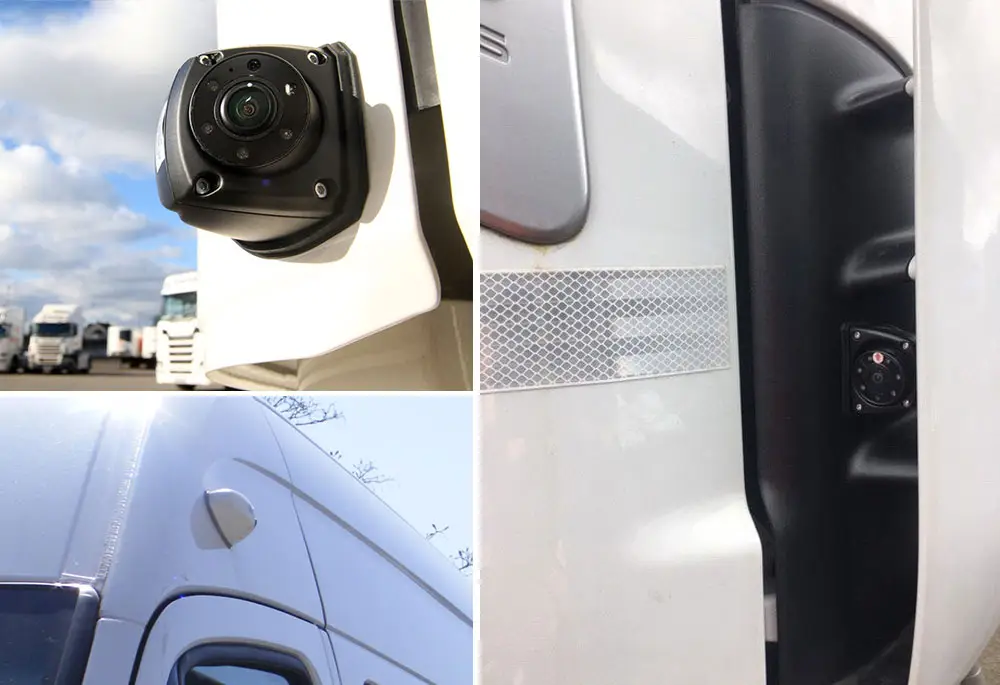
Rückfahrkameras
Backup cameras are one of the most important safety features for any truck, especially when reversing in tight or congested spaces. These cameras provide a clear view of the area behind the vehicle, alerting the driver to any obstacles or hazards that may be in the way.
In many countries, backup cameras are now mandatory in commercial vehicles, and for good reason. They significantly reduce the risk of reversing accidents, which can be costly and potentially life-threatening.
With backup cameras, truck drivers can navigate loading docks, parking areas, and other challenging environments with greater confidence and safety.
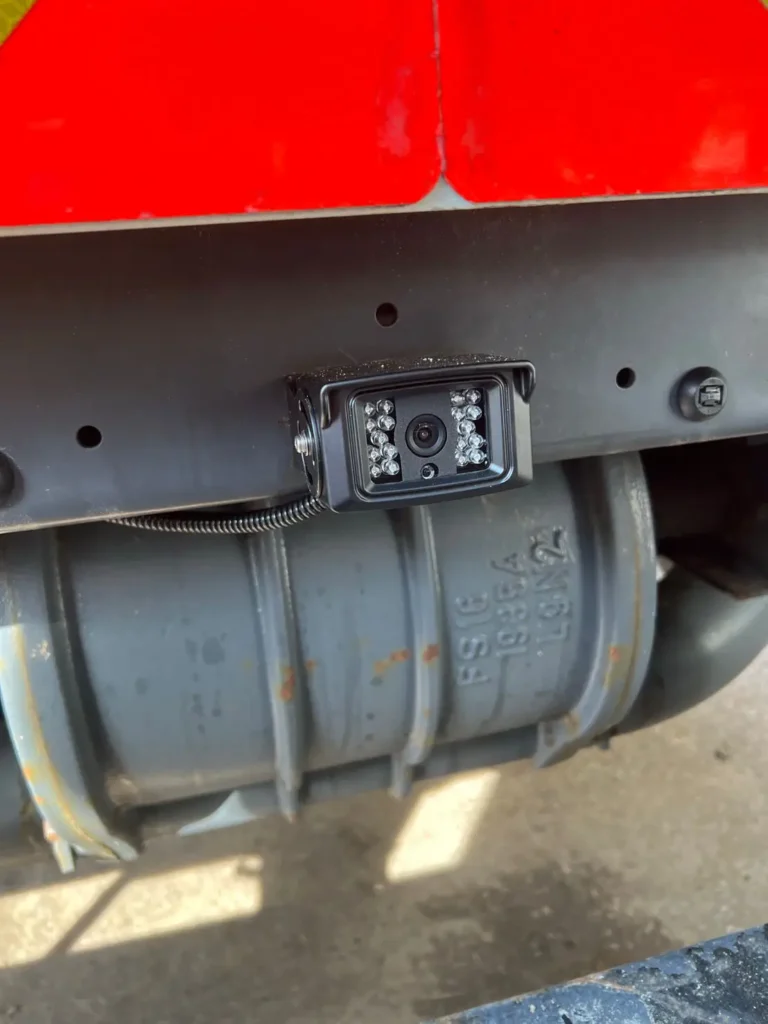
Front Cameras
Front-facing cameras, typically mounted on the grille or above the windshield, provide a clear view of the road ahead. These cameras are vital for monitoring traffic conditions, spotting hazards, and capturing footage in case of accidents.
In addition to enhancing driver awareness, front-facing cameras are also valuable for legal and insurance purposes. In the event of a collision or dispute, footage from these cameras can serve as critical evidence, helping to resolve claims and prevent fraud.
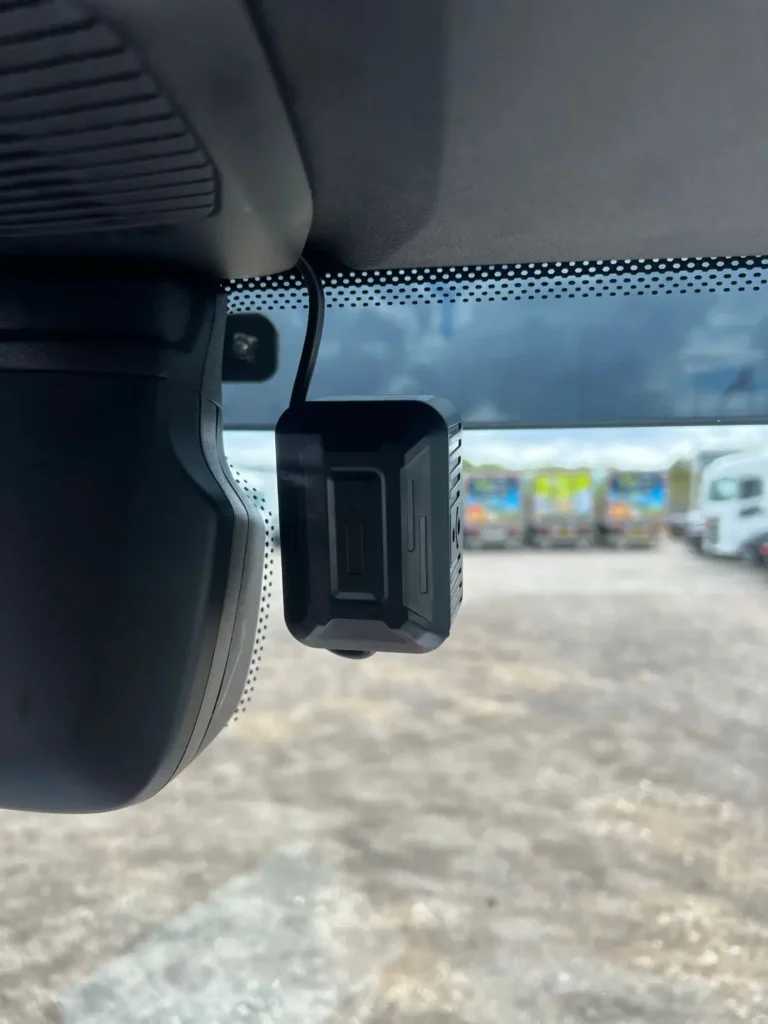
Dual-lens forward-facing Cameras
Dual-lens forward-facing cameras take the concept of front-facing cameras a step further by offering two lenses—one for a wider view of the road and another for close-up details. These cameras are perfect for capturing a broader perspective of the surrounding environment while still focusing on important details in front of the truck.
Dual-lens cameras are particularly useful for long-haul drivers who are often on the road for extended periods. The ability to monitor both the road ahead and objects in the near field can prevent accidents and improve overall driving safety.
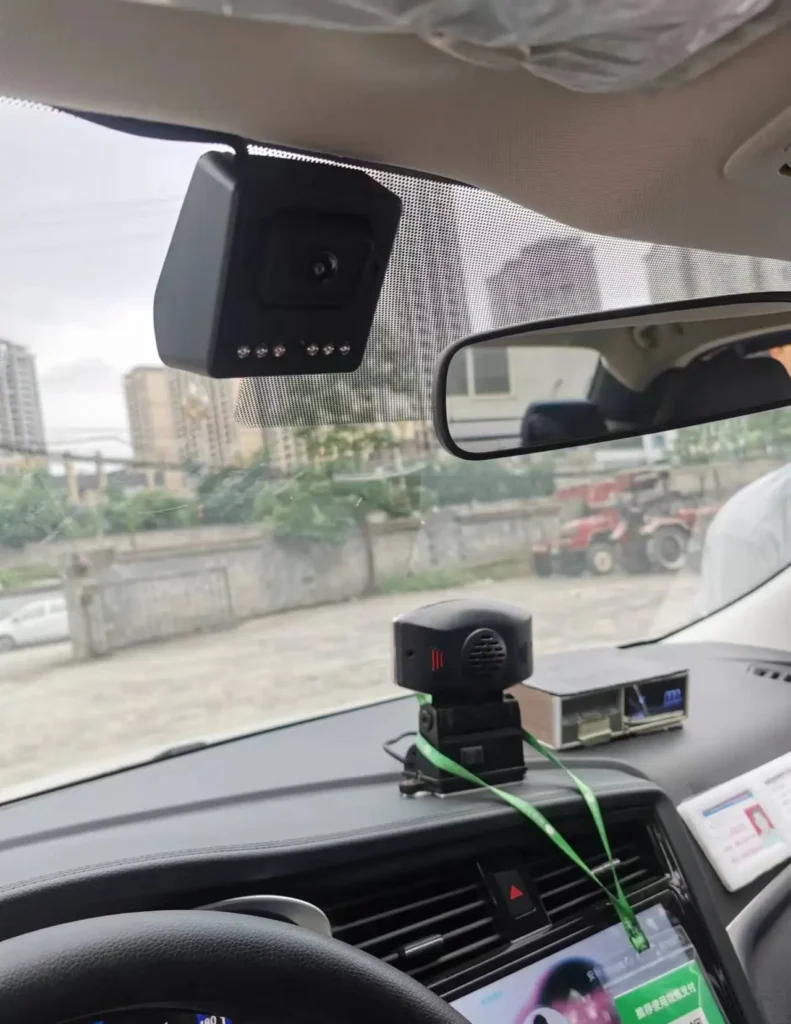
Dome cameras
One of the most versatile types of truck cameras. These cameras are usually mounted on the interior of the truck, providing 360-degree surveillance of the cabin and surrounding areas. Dome cameras are ideal for monitoring both the driver’s environment and the cargo area, providing an extra layer of security.
Dome cameras can also be used in conjunction with other types of truck cameras to create a comprehensive surveillance system, ensuring that both the interior and exterior of the vehicle are fully monitored.
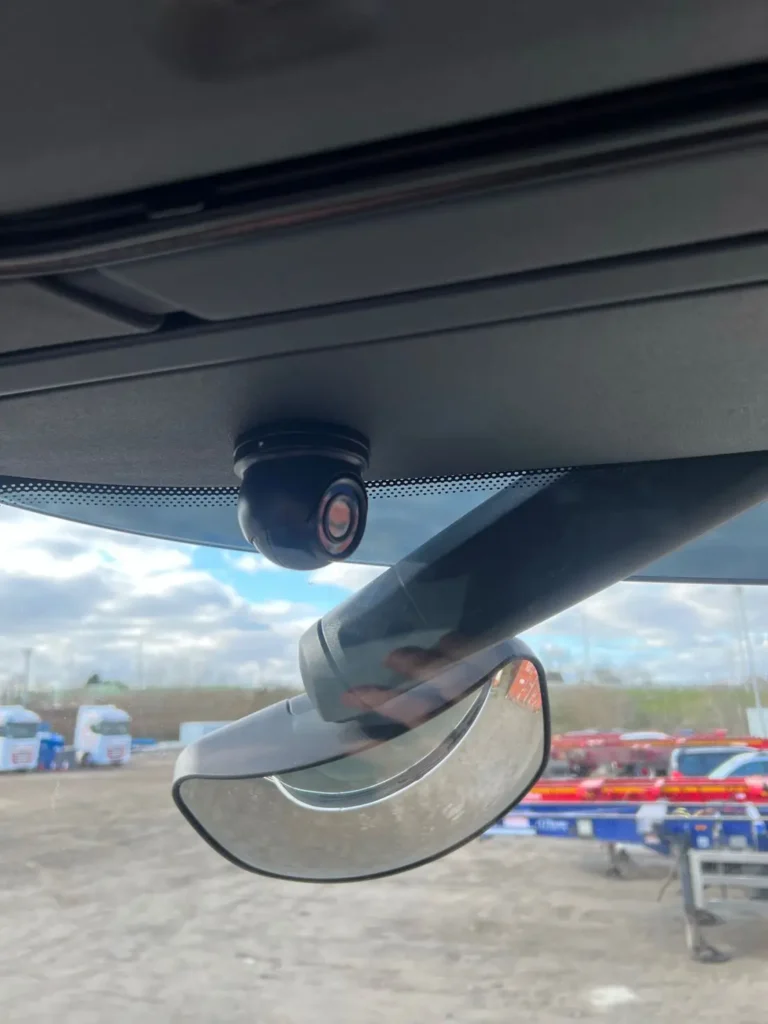
Why Truck Cameras Are Essential
The integration of cameras into trucks isn’t just about enhancing safety; it’s about improving operational efficiency. Cameras can help truck operators monitor driver behavior, reduce the risk of accidents, and provide real-time insights into the vehicle’s condition. With the ability to capture footage and provide detailed analytics, truck cameras are becoming a cornerstone of modern fleet management.
Key Benefits of Truck Cameras
Reduced Risk of Accidents
Cameras eliminate blind spots, making it easier for drivers to see their surroundings and avoid collisions.
Improved Driver Performance
Real-time monitoring helps fleet managers ensure drivers are adhering to safe driving practices.
Enhanced Efficiency
By improving visibility, cameras help drivers navigate complex environments and save time on the road.
Cargo Security
With cameras monitoring the interior and exterior, there’s an added layer of protection against theft and damage.
Choosing the Right Truck Cameras
When selecting truck cameras, consider the following factors:
Camera Resolution
High-definition cameras provide clearer and more detailed footage.
Dauerhaftigkeit
Ensure the cameras can withstand harsh weather and road conditions.
Integration
Look for systems that seamlessly integrate with existing fleet management software.
Additional Features
DMS, BSD, and AI functions are valuable additions.
Schlussfolgerung
Investing in truck cameras is not just about enhancing safety; it’s about empowering drivers, protecting assets, and streamlining operations. Whether you’re a solo trucker or managing a large fleet, the right combination of side view, backup, front, and dual-lens forward-facing cameras can make a significant difference in your day-to-day operations.
Stay ahead of the curve by equipping your trucks with the best camera technology available. Safer roads and more efficient logistics start with informed choices.


